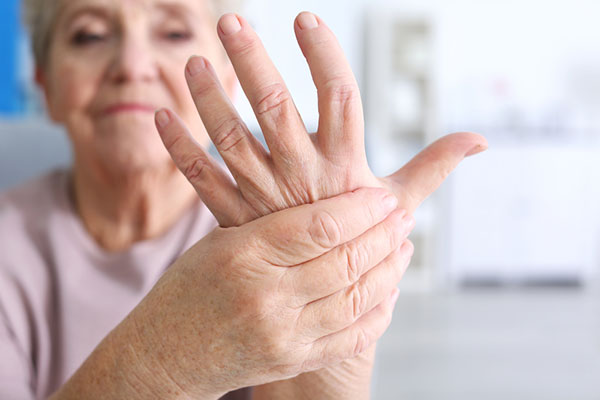
Arthritis and rheumatism are both terms used to describe symptoms such as joint pain and inflammation, but the two conditions are different, even though people do tend to get them mixed up sometimes.
Although the terms arthritis and rheumatism are still commonly used in general language, medical professionals tend to use terms such as rheumatoid arthritis and osteoarthritis these days to better describe these inflammatory conditions.
Rheumatoid arthritis is a type of autoimmune disease that millions of people suffer with across the world, and symptoms can sometimes overlap with those of osteoarthritis, but it is important to realise the differences and how they require different treatments.
What is arthritis?
Arthritis is generally used to describe painful joint inflammation conditions but is also used as a collective term for a complex range of musculoskeletal disorders.
While most people imagine that older people suffer from arthritic joints, arthritis can affect people of any age, with two-thirds of arthritis cases found in adults aged under 65, and it also affects hundreds of thousands of children around the world.
The two most common types of arthritis are osteoarthritis and rheumatoid arthritis.
What is osteoarthritis?
Osteoarthritis is an inflammatory condition caused by age and general wear and tear of the joints over the years. The symptoms usually develop gradually over time with most people starting to notice they have sore or stiff joints.
People can experience stiff joint after resting that gradually improves with movement and stretching. A common symptom is a joint pain that gets worse after some physical activity or aching joints felt at the end of a working day.
Osteoarthritis develops when the protective cartilage that cushions the joints and prevents them from rubbing against each other starts to deteriorate. The raw ends of the joints start to rub against each other, developing pain and inflammation in the joints.
What is rheumatoid arthritis?
Rheumatoid arthritis is a common form of arthritis, but instead of it being a condition that develops through general wear and tear of the joints, it is an autoimmune disease, meaning that the body mistakes its own tissues as foreign and attacks them.
Because the immune system is attacking the joints, it can cause you to feel fatigued, painful joints, and swollen looking inflamed joints that are warm to the touch.
Symptoms to look for
Both osteoarthritis and rheumatoid arthritis are worse in the morning, but they are separate conditions and need different medical treatment. Here are a few symptoms to look for that might indicate that you have one or the other condition:
- Rheumatoid arthritis is more common in the middle joints of the fingers and the joints of the hand
- Osteoarthritis tends to affect the joint at the base of the thumb and the joints at the end of the fingers
- Rheumatoid arthritis tends to affect the same joins on both sides, so if the left knee is affected, the right knee usually is too
- Osteoarthritis can affect just one joint or area of the body
If you are experiencing any of these symptoms you should see your GP. But if you don’t want to wait for an appointment, you can book a private consultation with Dr Naveen Bhadauria, Consultant Rheumatologist, who practises private rheumatology from the prestigious and world-renowned clinic rooms of Spire London East and BMI Cavell.
Article by Dr. Naveen Bhadauria



